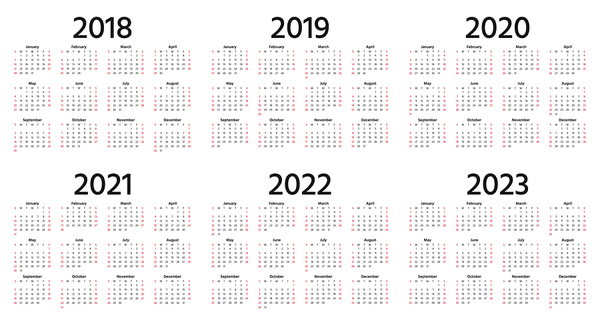View Sale Announcement Detail


Archived news
Excerpt
CECL is a new standard set forth by the FASB. It is set to be implemented in 2020 for all SEC registrants and 2021 for all other banks. The ABA terms it a “significant challenge for the banking industry” and notes that it has the potential to change the way banks do business. While many industry associations seek to delay or mitigate the implementation of CECL, the fact is, it is coming, and banks need to be prepared.
Post
The Current Expected Credit Loss Standard for Allowance for Loan and Lease Losses (ALLL) (CECL) is coming. The Financial Accounting Standard Board’s (FASB) CECL impairment standard was originally set forth in June 2016. It is set to take effect in 2020 for all banks registered with the U.S. Securities and Exchange Commission (SEC) and in 2021 for all other banks.
 CECL needs to be implemented by 2020 and 2021.
CECL needs to be implemented by 2020 and 2021.
CECL will mandate “life of loan” loss estimates to be booked for loans that are unimpaired at original or purchase levels. This is widely expected to raise significant operational and compliance issues and challenges for banks.
In fact, the American Bankers Association’s (ABA) official position is that CECL “poses a significant challenge for the banking industry” overall. The ABA notes that the ALLL concept results in complexities that can cut down on capital and may increase both volatility and costs to ALLL forecasts.
The ABA further notes that CECL’s potential is sweeping enough to change the way related banking business is done. That said, the ABA also noted that it planned to join with member banks, regulators, auditors, and investing in making sure bank banks can correctly implement CECL at all mandated dates.
 CECL is an accounting measure.
CECL is an accounting measure.
A Way of Incorporating Forward-Looking Information
According to the U.S. Federal Reserve, the FASB intended that CECL measures take away the “probable” threshold and the “incurred” status as the way in which credit loss was recognized. Instead, financial instruments should now be carried at the cost as amortized and should be carried at the net amount estimated to be collected.
In addition, CECL widens the range of incorporated data into credit loss measurement, in such a way that information that looks into the future, like reasonable and data-supported estimates, is used to determine the likely collectability of financial assets.
This is being done because, before the 2008-2009 financial crash, U.S. GAAP was widely considered to actually hamper financial institutions’ ability to record credit losses that they expected, but that hadn’t yet hit the threshold of “probable.” In the wake of 2008-2009, stakeholders wanted loan loss provision standards that would allow the incorporation of forward-looking information.
CECL also rolls out a sole measurement objective for all financial assets carried at amortized cost.
How the Loan Sale Advisors at Garnet Capital See CECL
Many industry associations has sought to delay or mitigate the impact of CECL. But the fact is, CECL is coming, and its impact will be large. Both banks and nonbanks should be considering selling charged-off accounts to mitigate the initial write-downs that will be required.
For more information, browse white papers today.

